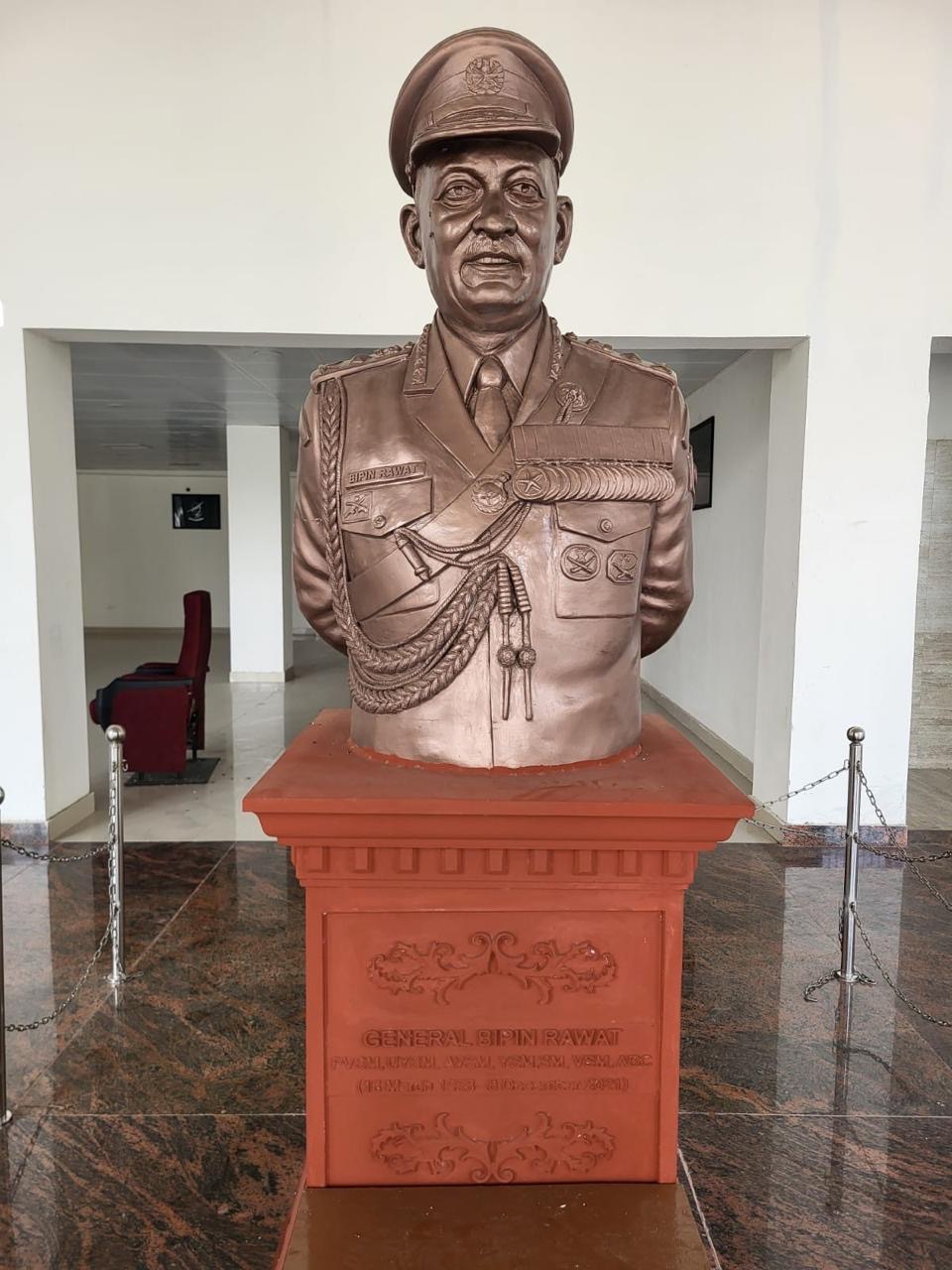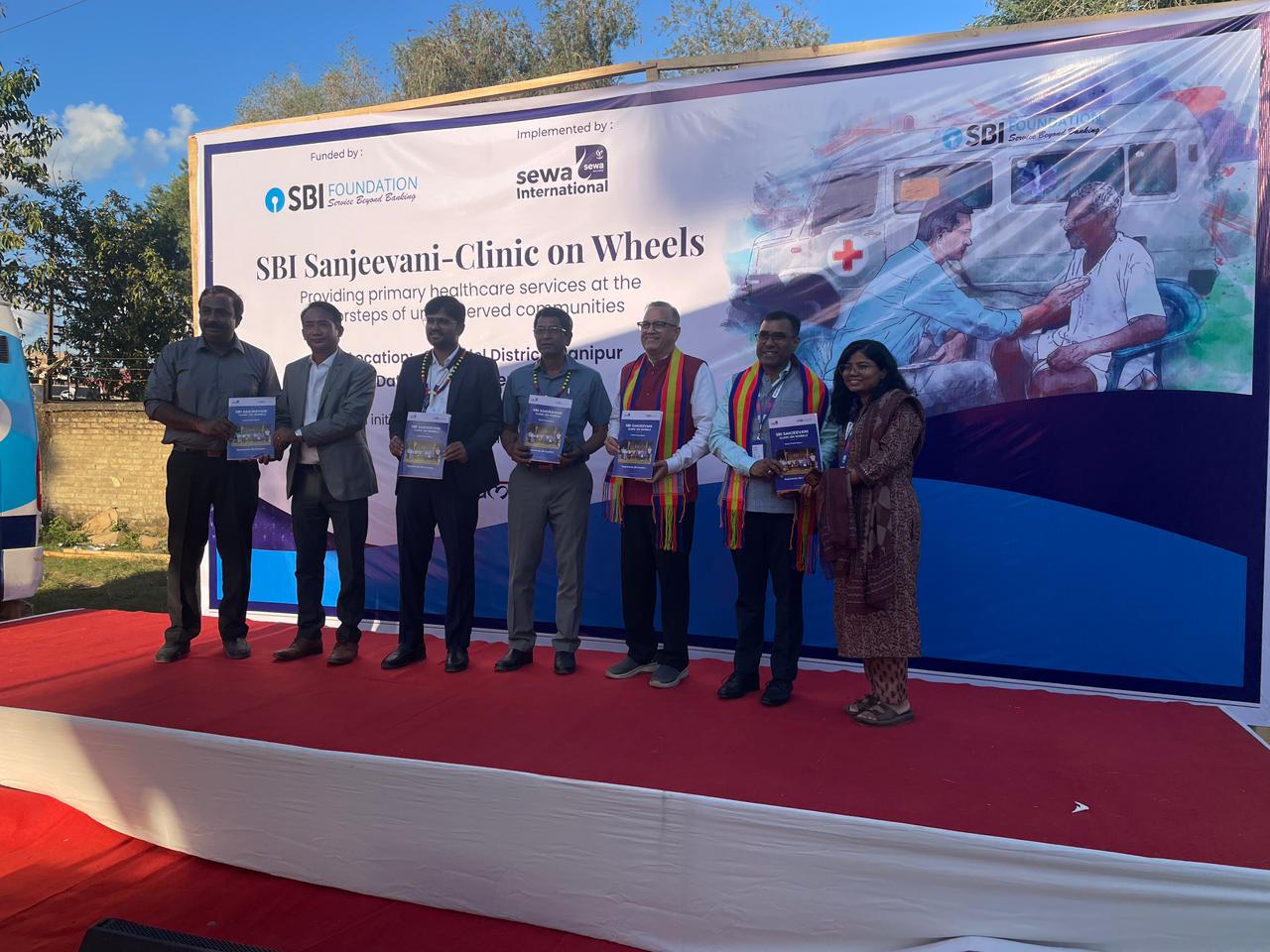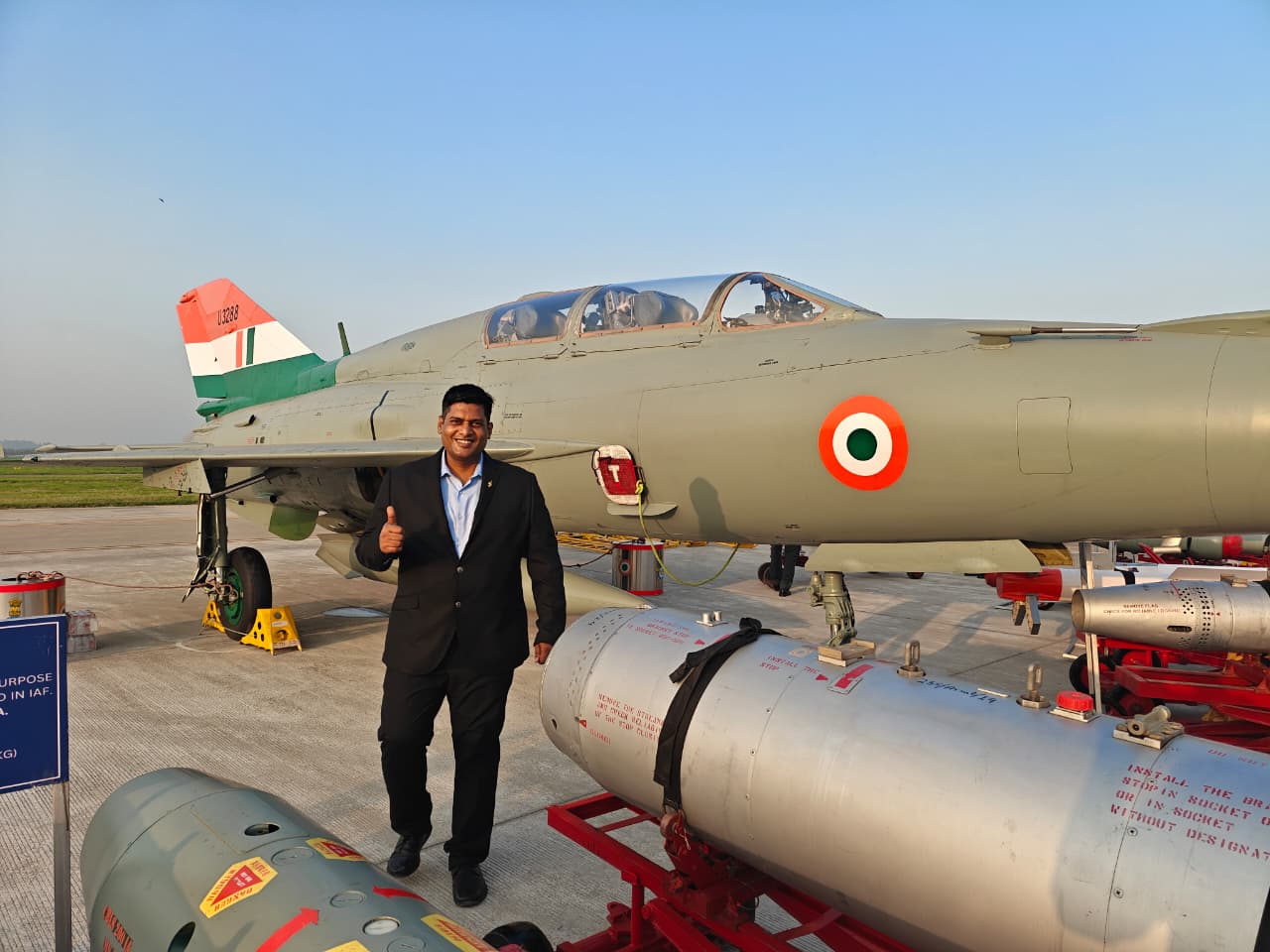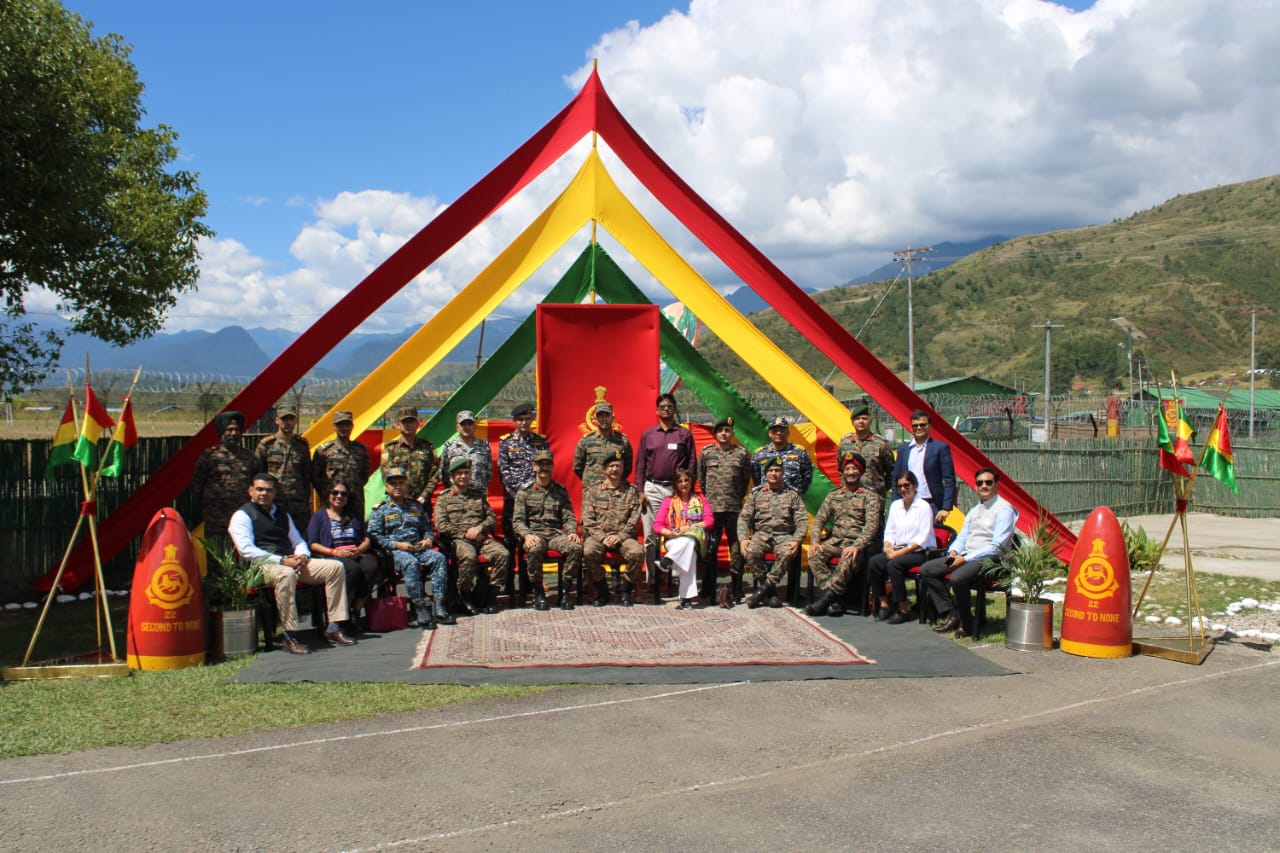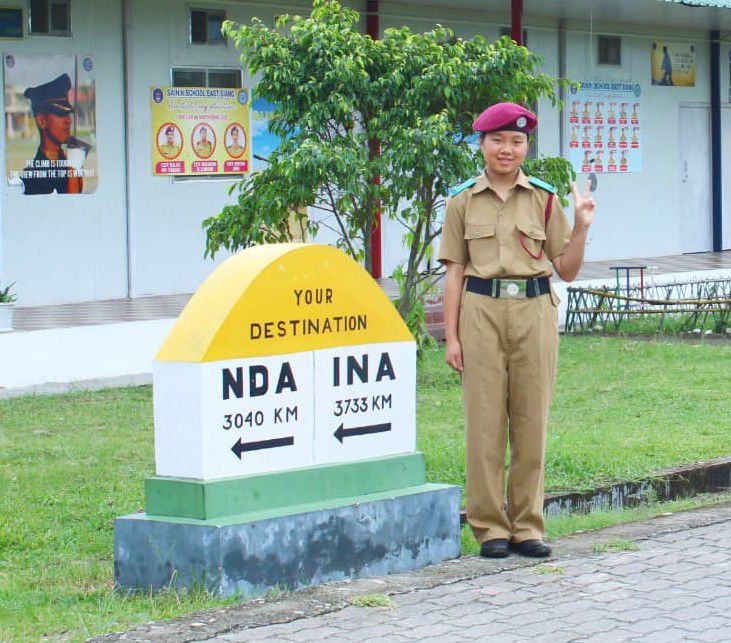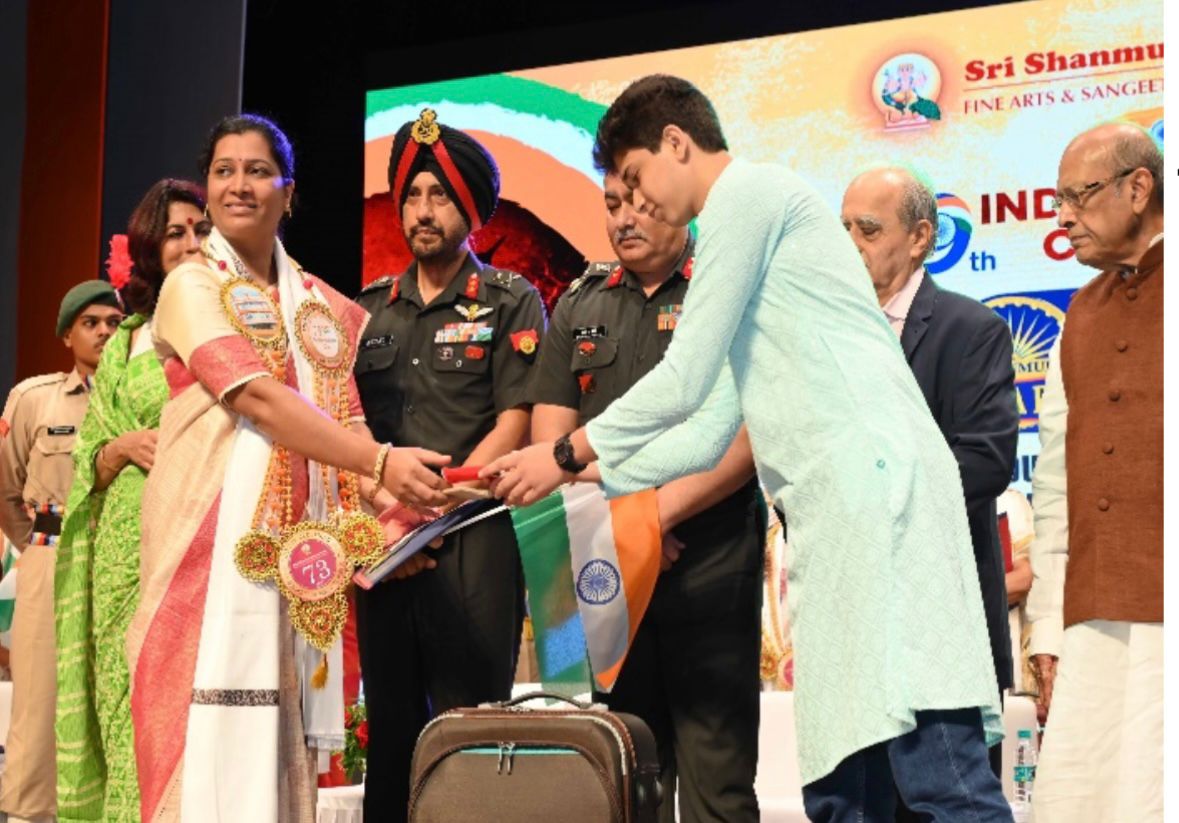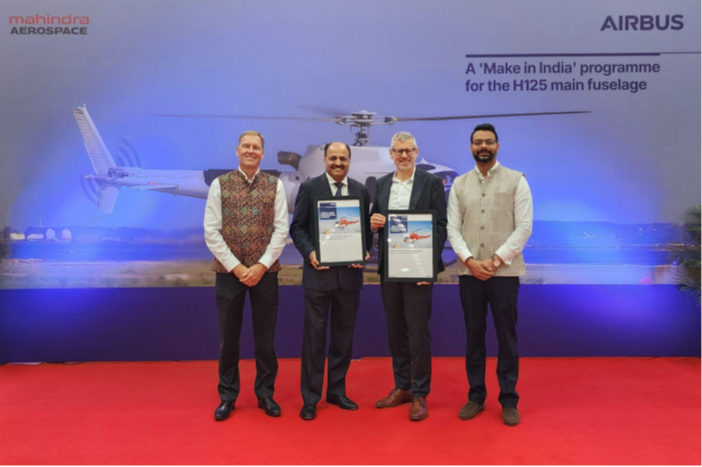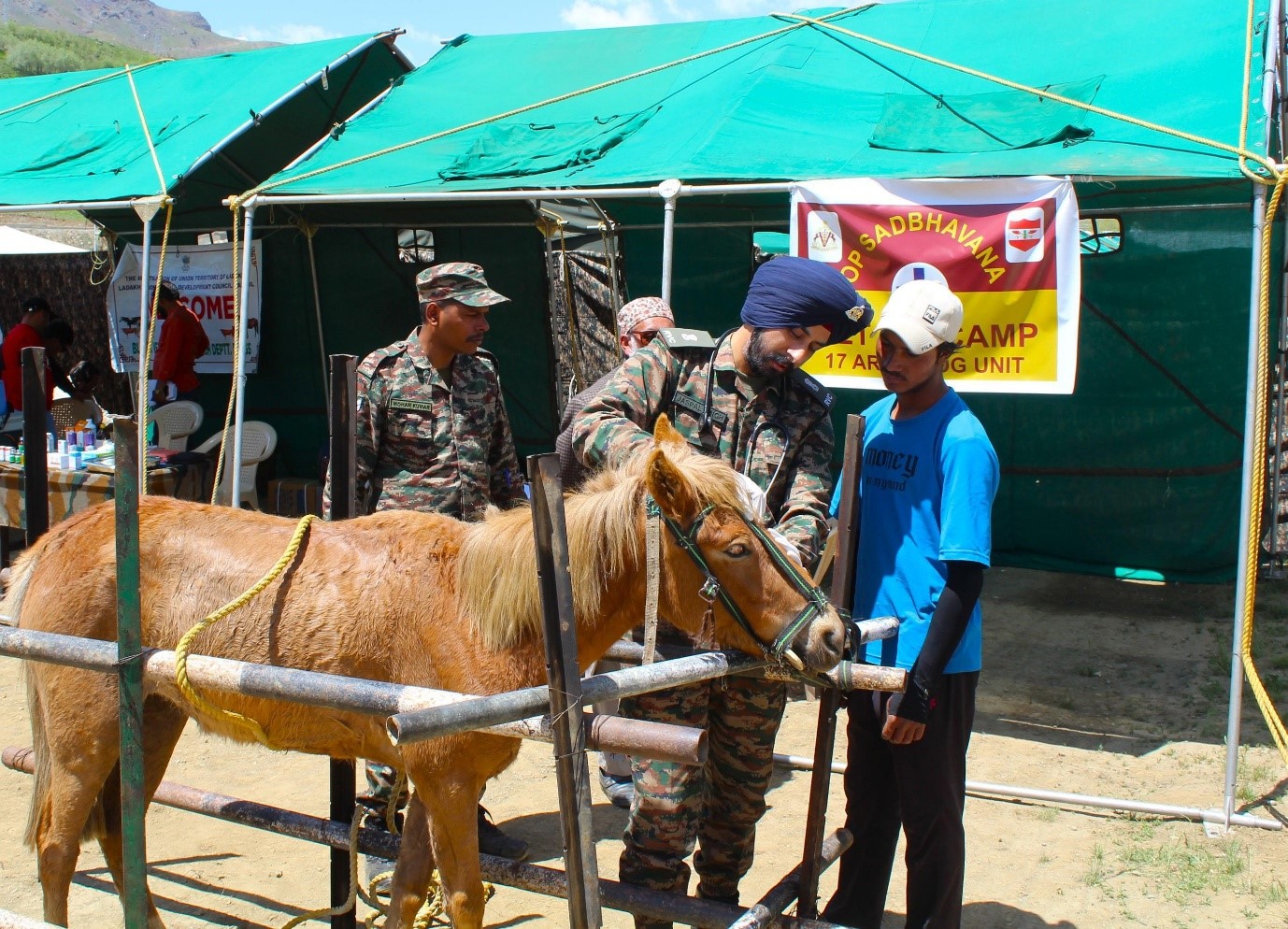
Abdul Rehman gazed at his sole remaining goat, whose ribs protruded beneath matted fur. For months, the 52-year-old farmer from Kargil had seen his 50-strong herd of goats whittle down to a mere 20.
"I didn't know what to do," he says, rubbing together his calloused palms. "In our village, there are no veterinarians. We pray or we use old remedies when animals fall ill. They mostly die." Then one morning, the rumble of army trucks driving down the dusty road turned everything around. The Remount Veterinary Corps of the Indian Army was arriving with a free animal health camp - one of several they run every year in India's most isolated areas.
This comes under Operation Sadbhavna organised by the Fire & Fury Corps of the Indian Army in the Union Territory of Ladakh, wherein multiple welfare activities are undertaken for inhabitants of the region.
Within a few hours, the veterinarians had treated Abdul's goats for a parasitic infection, prescribed him measures to avoid future outbreaks, and he was back on his feet. A year later, his herd had not only made a full recovery but had doubled in number.
"These animals are our bank accounts," Abdul says. "When they're healthy, our children eat better. We can repair our homes. Life becomes possible again."
Across India's rural landscape, where 60% of the population depends on livestock for survival, these mobile veterinary aid camps are quietly transforming lives. In the Himalayan heights of Ladakh, yak herders see fewer calves perish to preventable diseases.
Over the years, the army has organised camps in multiple locations, including areas like Kaksar, Tangtse, Durbuk, Phobrang, Drass and more. Impressively, these camps have managed to provide veterinary aid to more than 4,000 animals in the past two years, at locations with an elevation of up to 14,500 feet above sea level.
But bringing veterinary care to India's most far-flung corners is no simple task. Army veterinarians traverse journeys through landslides and snowstorms to reach inaccessible villages.
Medicines and vaccines are transferred with extreme care without breaking the cold chain, so that they are administered effectively to animals in remote regions. Some farmers, like Rigzin from a Ladakhi village near the China border, initially resisted the treatments. "Our ancestors used herbs for generations," he says. It took three visits before Rigzin allowed the vets to treat his yaks. The challenges run deeper than geography and skepticism.
India faces a critical shortage of veterinarians, with just one vet for every 10,000 animals – half of what the National Commission on Agriculture’s 1976 report recommends, and twenty times the ratio set by the World Organisation for Animal Health. Climate change is introducing new livestock diseases to regions unprepared for them, and zoonotic diseases pose a high risk of spreading across the region, especially in rural areas where people live in close contact with their livestock.
The Indian Army's efforts try to fix gaping lacunae in the country's veterinary healthcare system, especially in remote regions is a commendable, and largely successful effort.
However, it points to the need for systemic change and urgent need for development. These camps treat what they can during the visits, but it's a bigger challenge to provide follow-up checks across the multitude of villages in the area-a logistical puzzle which requires solving resource coordination with civil veterinary authorities, wherever available.
Yet the impact of these temporary camps creates permanent change. The army veterinarians don’t just treat the animals but also teach better animal management practices to the locals. Women trained in basic animal care gain status in their families and communities.
Families who once lost half their livestock to disease now plan for their nutritional requirements and children's education in light of more stable incomes. Perhaps most importantly, the camps are building bridges between isolated communities and the institutions meant to serve them. This relationship building not only serves to change perspectives from that of outsiders to trusted partners, but also lays the foundation for synergy during emergencies, where rapid responses are of utmost importance.
As evening falls in Abdul's village, the army trucks prepare to leave. A group of women press jars of homemade butter into the soldiers' hands - small tokens of gratitude and goodwill for what they've received.
"Earlier, we felt forgotten here," Abdul says, watching his healthy goats graze. "Now we know someone remembers we exist." In a country where progress often means highways and skyscrapers, these veterinary camps prove that sometimes development looks much simpler: a healthy animal, a surviving livelihood, and the hope that comes with both.

